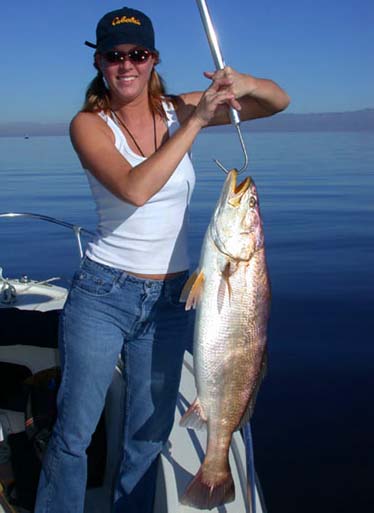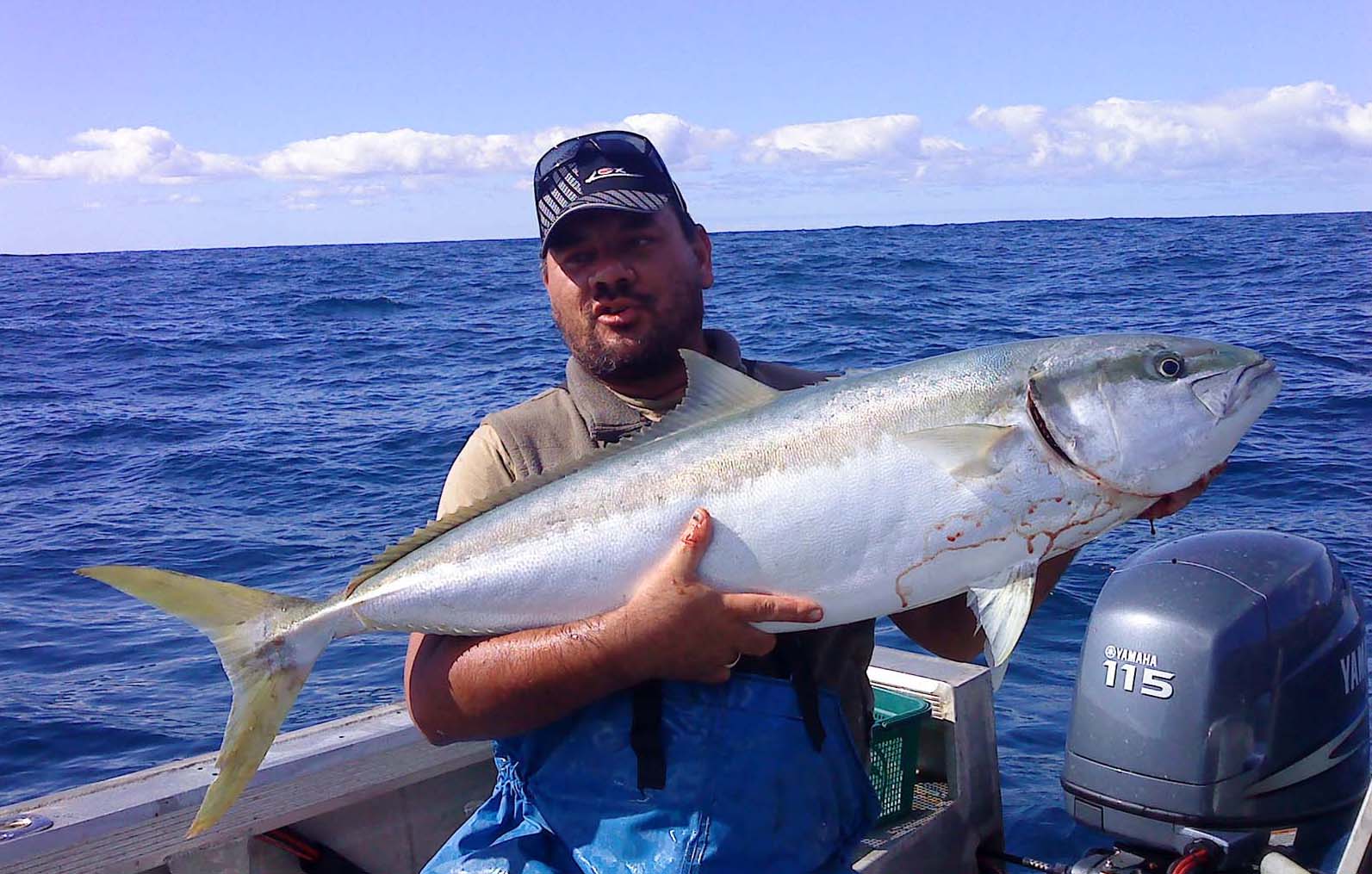

This method is also used in Australia ( Doroudi et al., 2006) and the United States ( Boyd et al., 2007). In New Zealand, marine fish ( Fielder et al., 2001 Doupé et al., 2005 Ingram et al., 2015) and crustaceans ( Prangnell and Fotedar, 2005 Tantulo and Fotedar, 2006) have been farmed in ISW after selecting the appropriate water quality or improving the water quality (regulate the main ionic components of ISW). In Pakistan and Iran, marine fish and freshwater fish have been considered suitable for cultivation in brackish water, showing a high degree of adaptability to changing water environments ( Salati et al., 2014 Rahim et al., 2017 Malik et al., 2018). In Israel, inland saline aquaculture, known as “desert aquaculture” began operating commercially in the late 1980s and it is characterized by the raising of finfish in brackish geothermal water from deep aquifers discovered in the 1940s ( Allan et al., 2009). In the 1920s, the former Soviet Union began breeding experiments with fish, shrimp, and shellfish in inland saline water (ISW), but with very little success ( Yao et al., 2010). The development and utilization of saline-alkali soil and water resources is a focus of a research.

Throughout the world, saline-alkali soils provide low yields ( Qadir et al., 2001 Wang et al., 2011). constricta is suitable for culture in ISW. These results indicate that water C A and pH together affect the survival, growth, and physiological activity of JSCs. The integrated biomarker response index showed that stressors comprising high pH and C A could be tolerated well by JSCs over long periods of stress. The acetylcholinesterase and lysozyme levels did not differ significantly among groups during stress for 3 months. For the JSCs in the CA-pHS group, the oxygen consumption, ammonia-N excretion, Na +/K +-ATPase, aspartate aminotransferase, and superoxide dismutase levels were significantly higher than those in the other groups during the first month, but there were no significant differences between the groups subsequently. However, the difference in the growth rate among groups decreased in the next 2 months.

For the JSCs in various groups, the shell length growth rate (SGR) and weight gain (WG) rate were significantly lower in the CA-pHS group than the other groups ( p < 0.05 for SGR p < 0.001 for WG) in the first month. After 3 months of stress, the JSC survival rate in each group exceeded 85%, but survival was significantly lower in the CA-pHS group than the control group ( p < 0.05) in the first month. Four experimental groups comprising the control, CAS, pHS, and CA-pHS were designated according to the target ISW data. When the water pH was 9.0, 9.5, and 10.0, the 48 h LC 50 values for JSCs with respect to C A were 10.38, 8.79, and 3.11 mmol L -1, respectively. When the water C A was set at 2.5 mmol L -1, the 48 h lethal concentration 50% (LC 50) for JSCs with respect to pH was 9.86. As the water C A increased from 1.22 to 45.00 mmol L -1, the survival rate decreased significantly, which was exacerbated by the increase in the pH. In order to clarify the possibility of rearing razor clams ( Sinonovacula constricta) in inland saline water (ISW) and to facilitate their breeding under these stressful conditions, we performed semi-static acute and chronic toxicity tests to determine the effects of carbonate alkalinity (CA) and pH on the survival and growth rate, and critical metabolic enzyme activity in juvenile of S.


 0 kommentar(er)
0 kommentar(er)
